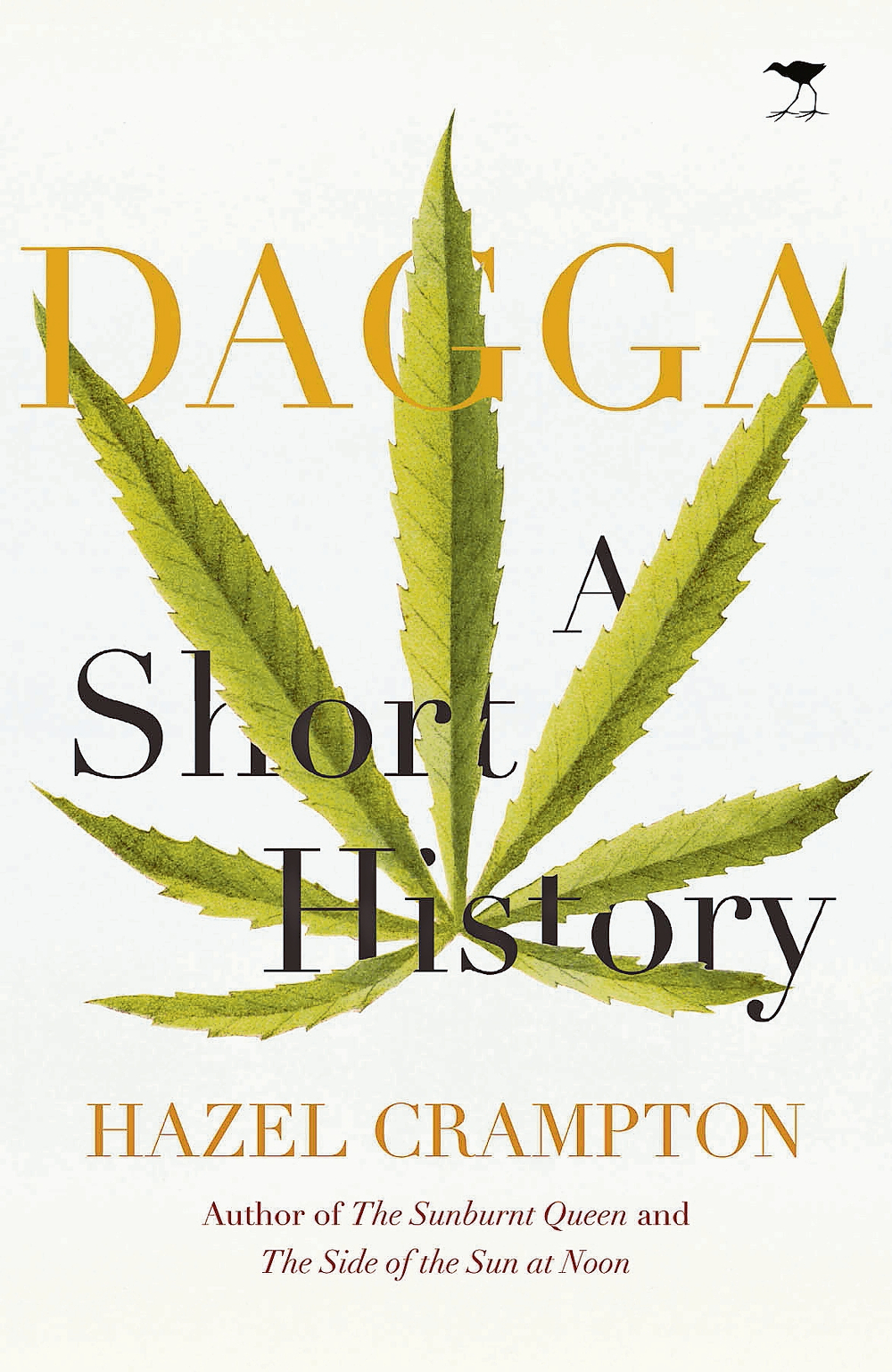Hazel Crampton's Dagga: A short History.
DAGGA: A SHORT HISTORY by Hazel Crampton (Jacana)
In a talk at the international conference on law and religion in Africa, held at Stellenbosch University last year, emeritus justice Albie Sachs touched on a momentous 2002 Constitutional Court case involving the religious use of dagga.
Rasta lawyer Gareth Anver Prince had challenged the constitutional validity of the prohibition on using or possessing dagga for religious purposes and was now facing Constitutional Court judges, including Sachs.
“I don’t know why I felt so much for Anver Prince [and his fellow Rastafarians]; they were standing at the back of the court with their dreadlocks, kind of uncomfortable.
“And worse than that for me, they get up my nose, they say: ‘Albie, people like you. What’s the matter with you? You are so driven. Take it easy; tomorrow is another day. Relax.”
Although Sachs said he empathised with Prince – the court would eventually uphold the prohibition in a 5-4 decision – he could not help but caricature Prince and his band of Rastafarians as lackadaisical and lacking in ambition.
The irony is that it is this attitude, the demonising of the black cannabis smoker, that has resulted in a status quo that has not changed since the 1971 introduction of the Abuse of Dependence-producing Substances and Rehabilitation Centres Act.
The actual impact of dagga on society
Hazel Crampton’s Dagga: A Short History is filled with similar disparaging anthropological accounts of historians and colonial agents’ first encounters with marijuana-using natives. It is these encounters and their recording that have led to rigid ideas about the actual impact of dagga on society and the supposed need to strictly control it.

Drawing on archaeological papers, missionary records and court documents, Crampton crafts a dense, sometimes humorous book that throws up questions and answers about the slow pace of reform when it comes to drug laws.
According to Crampton: “Cannabis sativa is believed to have been introduced to Southern Africa around a thousand years ago by Asian traders, who used the monsoons to carry them across the Indian Ocean.”
The etymologies of the plant’s various nicknames are quite easily determined. Crampton writes with certainty that the word banj (derived from the Sanskrit bhanga) appears in Islamic writings from the 13th century, leading to Southern African variations such as mbanji (chiShona) and mbanzhe (Tshivenda).
The Khoi are responsible for the term “dagga”, which, according to the Suid-Afrikaanse Akademie vir Wetenskap en Kuns, was one of the earliest loan words in Afrikaans.
The self-righteous gaze
Crampton’s source material, thoroughly cited, can be infuriating for its haughty, self-righteous gaze. In the second chapter, two pages are devoted to an apparent “stoned” Tsonga men’s saliva game whose premise is “he who squirts the furthest, wins”.
In an account of his experiences, 17th-century Dutch physician William Ten Rhyne wrote that when the Khoi “bray” their dagga carefully, they make it into balls and eat it, after which they become “monstrous drunk”.
Crampton writes that the criminalisation of cannabis coincided with the rise in Afrikaner nationalism, when the “conceit that dagga exaggerated innate character traits was intertwined with racial prejudice”.
At the time of the gold rush, the use of cannabis was tied to economic imperatives. A commission at the time recommended controlling the use and sale of dagga to African workers, as it caused “unsteadiness in the performance of work” and an “incapacity for exertion”. But some mine managers felt that dagga actually made the “natives” more productive.
The colonial mythmaking around dagga
A chapter is devoted to the 1971 Act, which came with mandatory sentences for use, possession and dealing and no onus on the state to prove guilt. For example, anyone found to be in possession of dagga in excess of 115g was presumed to be a dealer. The Act was repealed by the Drugs and Drug Trafficking Act of 1992, though with dagga still designated as an “undesirable, dependence-producing substance”.
That the chronology of ever-tightening laws leading up to the present rests in a separate appendix speaks to the overall feel of the book. It reads more like a collection of facts and less like an inclusive, ordered, South African-centred history of this maligned plant.
Although Crampton does well to outline the colonial mythmaking around dagga, her eschewing of an in-depth analysis of the current labyrinth of lobby groups means the book feels incomplete. It suggests that those who bear the brunt of the stringent laws are, with a few exceptions, something of a silent mass when, in fact, the choices to light up, grow and distribute remain collective acts of insubordination.